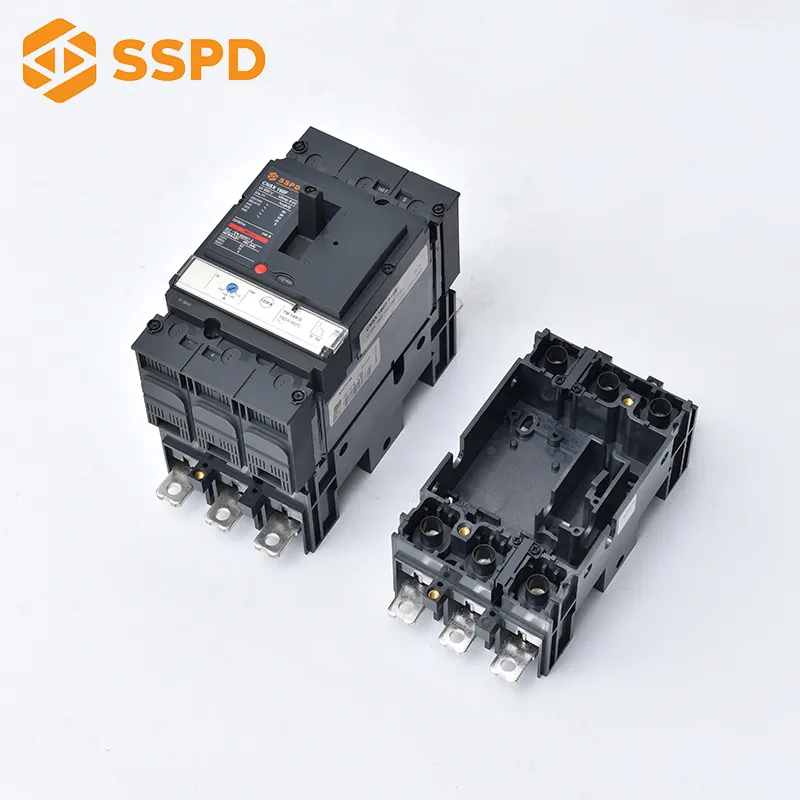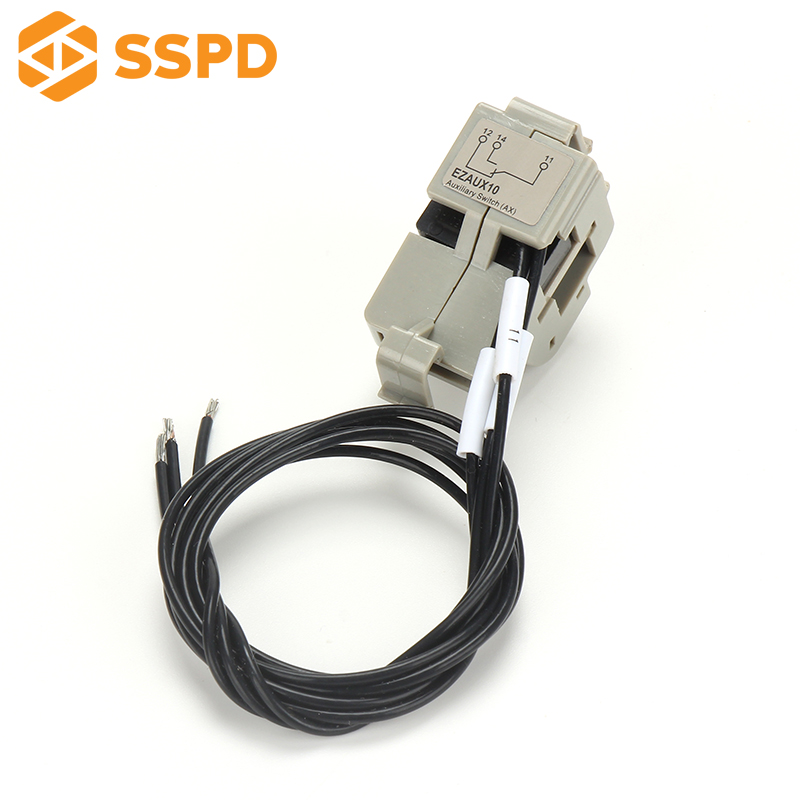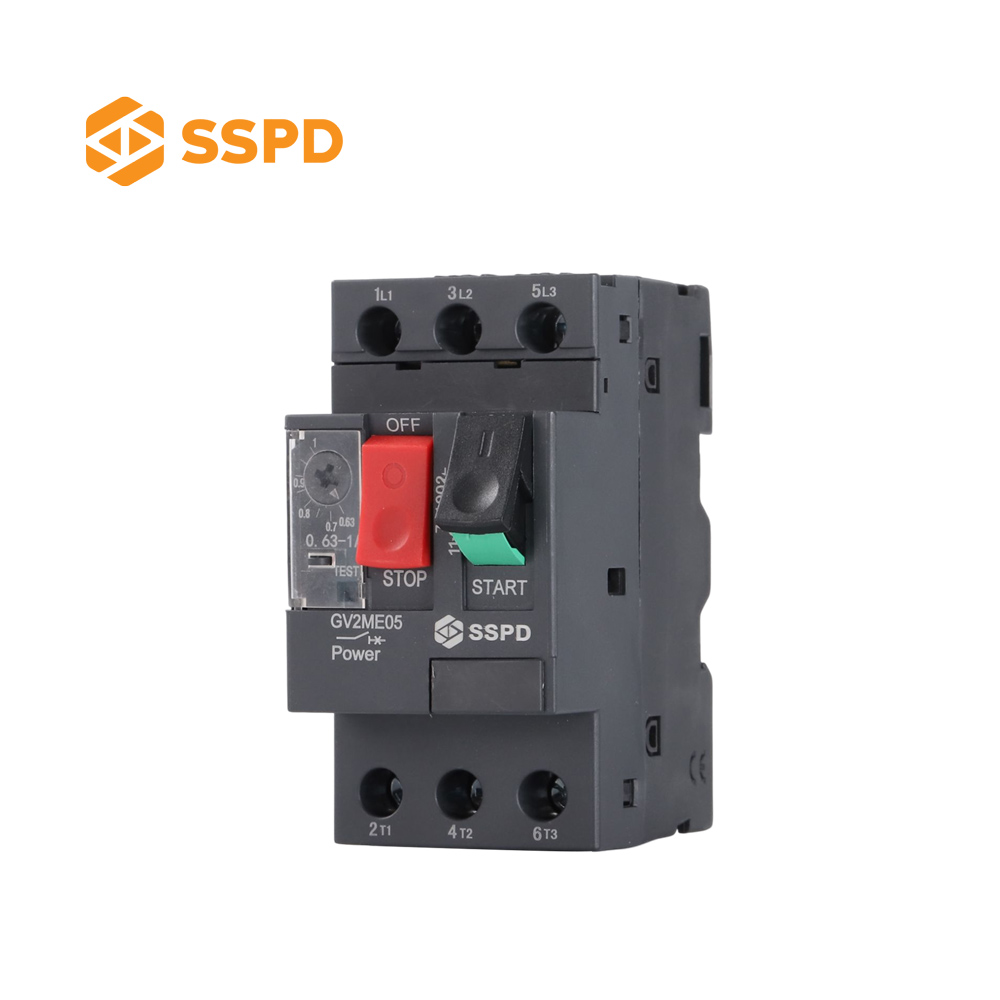Recommended Inspection and Maintenance Schedule for MCCBs
Why Maintain Your Molded Case Circuit Breakers (MCCBs)?
Frequent electrical faults causing unexpected production halts?
Unplanned downtime caused by electrical issues can result in significant financial loss, safety risks, and damaged reputation for industrial and commercial facilities. Industry data shows that up to 50% of unexpected shutdowns stem from preventable electrical failures. Implementing a regular MCCB maintenance schedule helps mitigate these risks — improving reliability, safety, and operational efficiency.
A Molded Case Circuit Breaker (MCCB) is a crucial component for protecting electrical systems from overloads, short circuits, and ground faults. Widely used in distribution panels, motor control centers, industrial machinery, and commercial buildings, MCCBs provide reliable protection for medium- to high-power loads.
Their protection mechanisms — thermal and magnetic trip units — instantly interrupt power during fault conditions, preventing equipment damage or fire hazards. MCCBs also function as isolators, safeguarding systems during maintenance or failures.
While MCCBs are generally designed for minimal upkeep, routine inspections and preventive maintenance in line with NFPA 70B and NETA MTS standards can dramatically enhance performance, extend service life, and avoid costly downtimes.
🔍 Looking for a trusted molded case circuit breaker manufacturer? Discover SSPD’s MCCB solutions built for reliability and long-term performance.
Essential Safety Guidelines Before Maintenance
⚠️ Prohibited Operations
Never attempt to disassemble an MCCB unless specifically authorized by the manufacturer. These devices are sealed and factory-calibrated for optimal safety and reliability. Unauthorized access can invalidate warranties and compromise product safety.
⚡ Electrical Safety Requirements
Before conducting any maintenance or inspection:
- Always ensure circuits are de-energized — live maintenance is prohibited.
- Wear certified Personal Protective Equipment (PPE) and use insulated tools.
- Confirm isolation of power supply and load disconnection.
- Display clear warning signage to prevent accidental operation.
Complete MCCB Maintenance & Inspection Checklist
1️⃣ Terminal Torque and Connection Check
- Tighten terminal screws, cable lugs, and busbars using a calibrated torque wrench.
- Follow torque specifications from the MCCB manufacturer or NETA standards.
- Perform checks under de-energized conditions.
2️⃣ Mechanical Operation Test
- Manually operate the breaker (ON/OFF) at least once per year.
- Inactivity can cause mechanical seizure from dust, moisture, or dried lubricants — impacting protection during faults.
3️⃣ Infrared Thermal Imaging
- Scan breaker terminals, busbars, and contact surfaces under load.
- Detect abnormal heat signatures indicating loose connections or wear.
- Conduct scans during normal system operation for accurate data.
4️⃣ Insulation Resistance Testing
- Test insulation resistance between poles and to ground using a megohmmeter.
- Acceptance criteria: typically above 1 megohm, with 100 megohms recommended for low-voltage systems (per NETA standards).
5️⃣ Contact Resistance Testing (Millivolt Drop Test)
- Measure voltage drop across contacts with controlled current loads.
- Identify elevated contact resistance that may cause overheating.
- Standard tolerance: ≤50 μΩ or within ±20% of average phase values.
6️⃣ AC Dielectric Withstand Test (As Needed)
- Conduct high-potential (HiPot) tests to identify major insulation faults.
- Typically performed during initial commissioning — not recommended during routine MCCB operation unless specified.
7️⃣ Routine Visual & Functional Inspection
- Inspect for:
- Physical damage, discoloration, corrosion
- Smooth manual operation
- Torque and integrity of electrical connections
- Legibility of labels and nameplates
- Clean using dry cloths or air blowers — avoid liquids or corrosive agents.
Factors Affecting MCCB Performance
🌡️ Environmental Conditions
- Monitor for:
- Humidity or condensation: leads to insulation degradation
- Corrosive gases or fine dust: accelerates oxidation and contact wear
- Mitigate risks using protective enclosures, ventilation systems, or relocating MCCBs if needed.
🔍 Hot Spot & Overload Detection
- Use thermal imaging during full-load operation to detect:
- Terminal overheating
- Busbar connection issues
- Early-stage contact degradation
Prompt intervention helps prevent system failure and unplanned downtime.
💡 Need expert guidance to build a preventive maintenance program? Contact SSPD’s technical team for tailored support.
Conclusion
MCCBs are indispensable for protecting electrical infrastructure. While built for durability, their reliability hinges on proactive maintenance and adherence to industry standards.
By following this comprehensive MCCB inspection and maintenance schedule, you’ll enhance protection, minimize risks, and extend equipment lifespan — ensuring the continuity of your critical operations.
🛠️ All maintenance tasks should be conducted by certified personnel, using standard procedures and proper documentation for ongoing analysis and troubleshooting.
Related Resources
- What Is a Molded Case Circuit Breaker?
- How to Choose the Right MCCB for Your Application
- The difference between 4P3D and 4P4D in MCCB
- What is Molded Case Circuit Breaker? Where is it used for?
- What is the difference between Motor Protecton Circuit Breaker (MPCB) and Molded Case Circuit Breaker (MCCB)?
🚀 Partner with SSPD — your trusted source for Molded Case Circuit Breakers. View our full MCCB catalog and request a quote.







